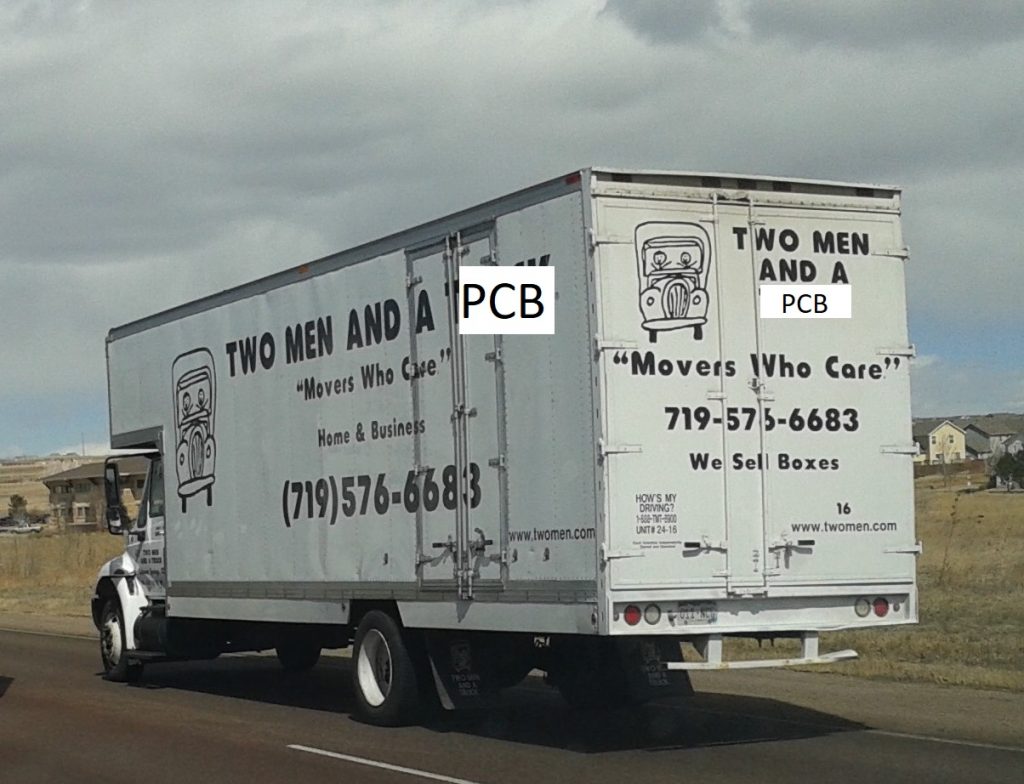Podcast: Play in new window | Download
Subscribe: Apple Podcasts | RSS
- Dave has been playing with a “Mint in box” Vintage Intel dev board
- Huffing my way to freedom
- Bake in the stackup on the gerbers, and they’ll always see it in the cam program
- Chris recalls Ted Yapo doing a test coupon for his sampling oscilloscope project.
- Dave talks about using the extra space on a panel to make test coupons in his panelization video.
- It was an “Instant sackable offense” at Dave’s past company for not ESD testing before coming into the lab, because they were working on boards that cost 6 figures.
- Chris has been thinking about team size (mostly because he’s normally a team of 1 or 2)
- Dave mentioned they always had a 2 person rule for board power ups, to make sure they didn’t miss any steps.
- Matt Parker’s book “Humble Pi”
- The Hyatt Regency tragedy reminded Chris of statics class. Tom Scott made a video about this as well.
- Team size also has Dave and Chris talking about Management. Dave didn’t mention much, but there was also a thread on the EEVblog forum about software management.
- Discussing troubleshooting and being happy when you find the source of a problem.
- AC switching on
- RCS radio
- Polaroid teardown
- Vintage Soviet control rooms
- Mimic panel
- Power topologies
- An app note from past guest Eric Bogatin about the differences between a TDR and VNA.
Thanks to Wikimedia for the truck picture we expertly photoshopped…


I think Dave spend so much time complaining about the micro supply code because he only knows how to maintain code that hasn’t been written to be maintainable.
Regarding the Hyatt Regency walkway collapse, it was true the connection may have played a role. I think what is also the cause may be just a loading beyond the expectations, and simultaneous shock loading due to movement caused my music. It was a sort of weird design, and I doubt they thought it would become sort of a hanging dance stage when they created it.
Sorry ‘by’ not ‘my’. But I think the real problem was the connection had a rotational moment, the link may have been less strong through the deck, and there may have been a freedom of movement if it were a direct connection. I still maintain the rod basically has the same loading.
I was taught about the Hyatt Regency walkway collapse in university and found it intuitive to understand the failure and the reason why it happened.
The designer opted to suspend the walkways using threaded rods, which passed, unbroken, through each walkway. Each threaded rod was sized to take the load of two walkways. The *nuts* that were used were sized to take the load of *one* walkway.
The person building the walkways thought it was too much work to wind the nuts for the upper walkways along multiple metres of threaded rod. Instead, they split the threaded rods in half and installed them separately so the nuts only had to be wound on a short way from each end. The problem is, the nut supporting the top walkway is now supporting *two* walkways, which is double its intended loading.
A conversation between the assembler and designer could have prevented this disaster, either by sticking with the original design, or using nuts that could take the load of two walkways.
The nuts themselves actually were running way beyond design specs, but were not the actual failure point. Instead the failure was the actual welded beams themselves, as there was no thought given to spreading the point load out over the width of the C section beams welded together to make the box girder sections. Instead the load was applied to the weld itself, in the middle of the beam. They put a standard washer there to spread the load slightly, but should have used top and bottom a thick steel flat plate section instead, to allow the tension load both sides to be applied to the vertical sections of the beam structure. As well there should have been internal bracing, probably in the form of a section of thick wall tube where the threaded rods would have run, that would have served to transfer the load so that each horizontal section of the beam would share the load, but that would have been a difficult thing to incorporate without a lot of extra work to cut an accurate section for each hole, and align it and weld to the individual beams, as the holes were drilled after the beams were welded together.
All in all a poor design, even the original one, as it had no real reserve margin for any sort of faults, either in operation or as the structure aged, and all of the original design drawings also had single points of failure along the way, but in the as built version the structure was barely capable of supporting it’s own mass, let alone with a large dynamic load applied to it.